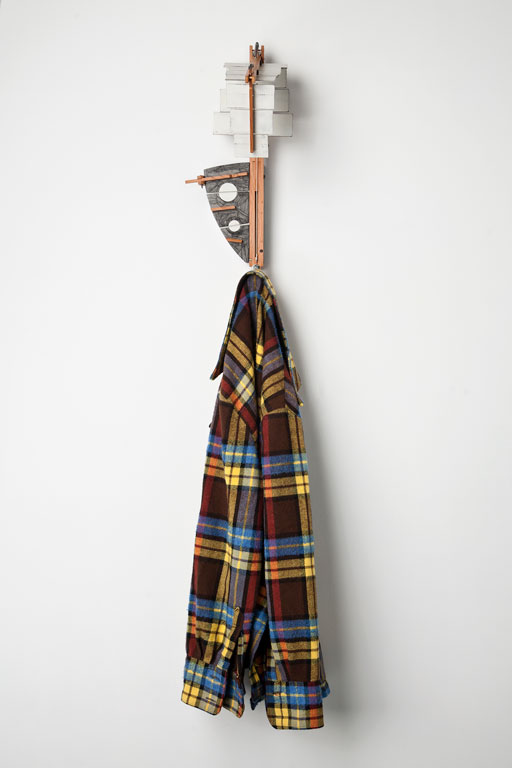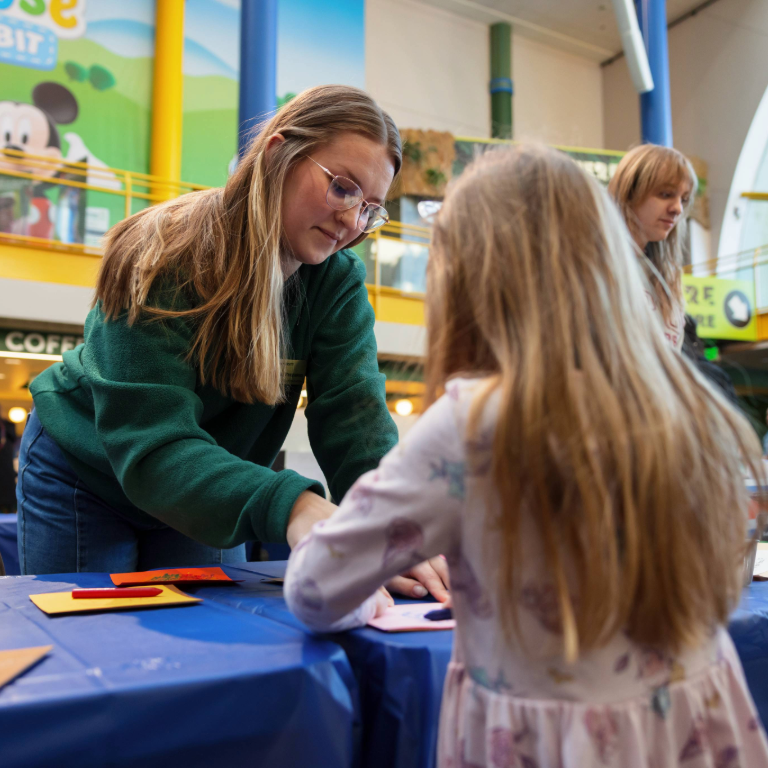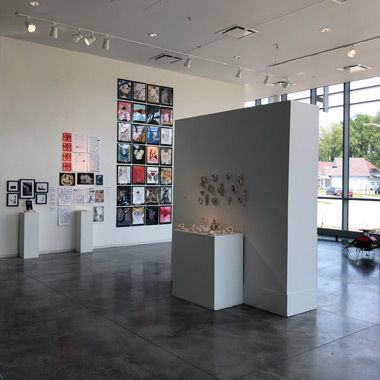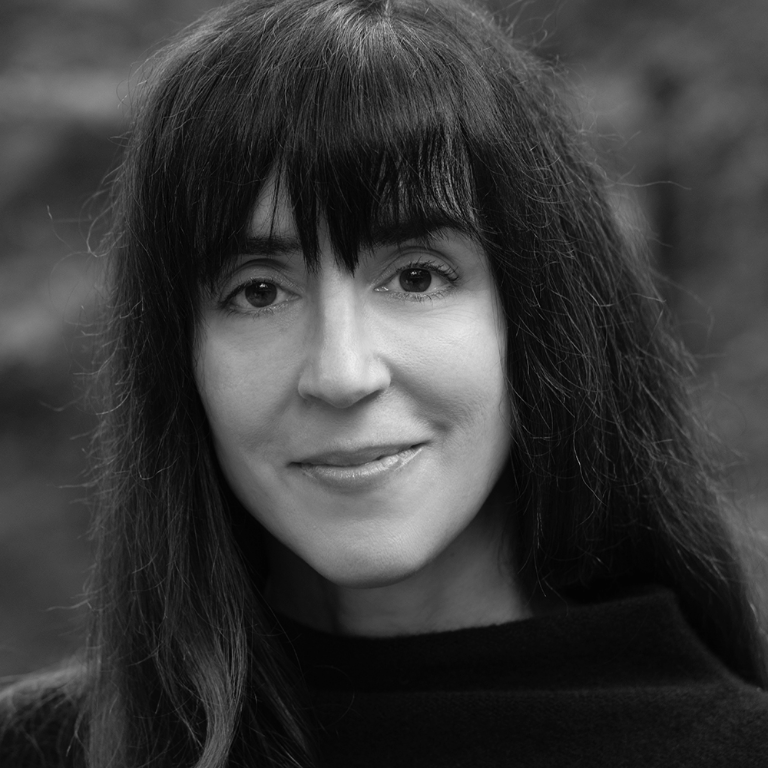HERRON: What do you think is the greatest potential of digital fabrication in the fields of craft and design?
HUDNALL: So much of my own work is about the idiosyncratic nature of building things by hand. I very rarely use digital fabrication methods myself, but what I really love about digital fabrication is how many people it's brought into the field — young makers and people with diverse backgrounds and interests.
Some of these processes have helped make building stuff cool and accessible in a way that it simply wasn't when I was a college student. Rather than pulling people away from analog techniques, many of these tools are a gateway to developing broad and overlapping abilities – both digital and analog.
It's hard to use a CNC router well if you don't first understand what a router does; it's hard to use a router if you don't understand how to carve wood.
Herron students are capable of designing and building with a broad range of traditional and contemporary tools. When you marry that with great critical thinking skills, you get someone who knows when it's more efficient to reach for a pencil or to reach for a computer. Understanding what the appropriate technology is for any given problem is critical in terms of sustainable design.
HERRON: Lastly, what hidden talents do you possess that your students or colleagues might not be aware of?
HUDNALL: As you would expect, I live a woodworker's life full of bad puns and plaid shirts that I hang in order according to the color spectrum (the shirts, not the puns). I'm a total morning person, I'm easily distracted but focused, and I can drink vast quantities of very strong coffee. My life is an open, dusty book with sketches in the margins.
Follow Katie Hudnall's studio activities through her website or Instagram.











